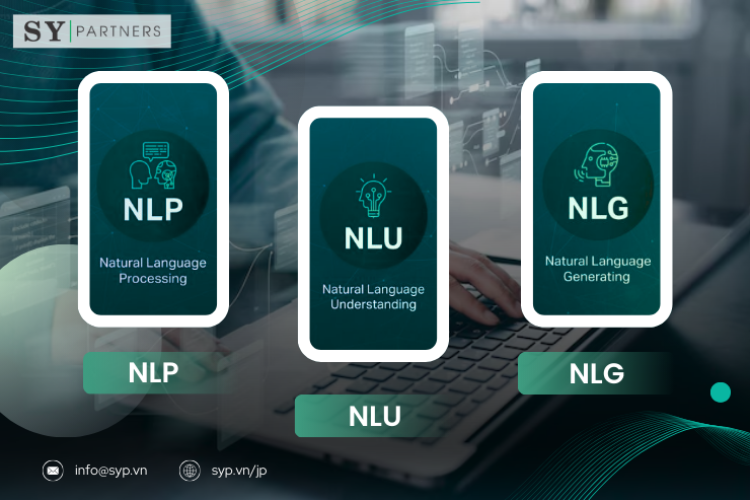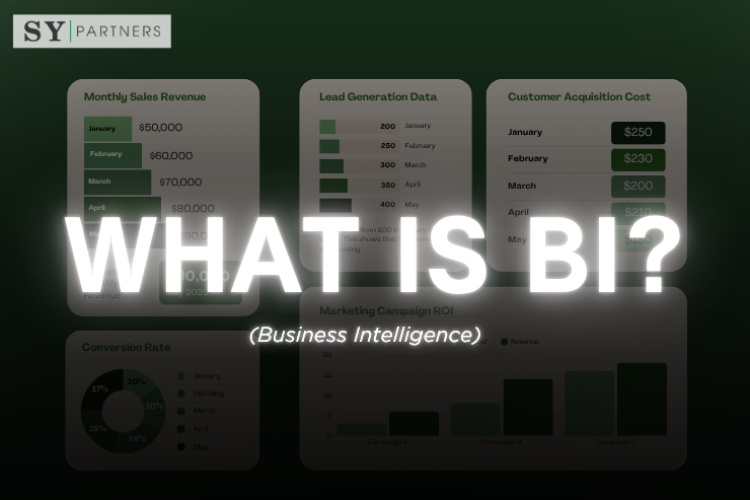Comprehensive Guide to the Characteristics of Good UI Design! How to Improve Usability
Excellent UI (User Interface) design greatly affects the comfort and efficiency of using applications and websites. For businesses, an intuitive UI enhances user satisfaction and is a key factor in maximizing operational efficiency and data utilization.
This article provides a detailed explanation of the characteristics of good UI design, practical methods to improve usability, and ways to address common design mistakes. It incorporates perspectives important for businesses, such as app development and data analysis tool design, and explains them in a way that is easy for beginners to understand.
1. What is UI Design?
UI design is the process of designing the visual and operational interface that connects users with digital products. It involves arranging buttons, choosing colors, and displaying information in a way that allows users to interact intuitively. In businesses, the UI of data analytics dashboards or business apps directly impacts users’ decision-making and productivity.
Excellent UI design improves usability, reduces operational errors, and increases user satisfaction. For example, even with complex data analysis tools, an intuitive UI allows users to quickly understand information.
Furthermore, AI-assisted user testing can identify UI improvements based on data, enhancing design accuracy. The importance of UI design can be summarized as follows:
- Enhanced User Experience: Intuitive operations reduce user stress.
- Operational Efficiency: In business, UI improves the speed of data entry and analysis.
- Brand Reliability: Refined UI enhances the credibility of the product.
| Element | Effect | Application in Business |
|---|---|---|
| User Experience | Stress reduction, intuitive operation | Improved dashboard usability |
| Operational Efficiency | Reduced task time | Simplified data entry |
| Brand Reliability | Increased trust | Professional app design |
UI design bridges user experience and operational efficiency. Businesses can enhance productivity and strengthen competitiveness through excellent UI.
2. Five Characteristics of Good UI Design
Good UI design provides an environment where users can operate intuitively and achieve their goals efficiently. This section explains five key characteristics of good UI design in detail.
| Characteristic | Description | Business Application Example |
|---|---|---|
| Intuitive Operation | Can be used without confusion | Simple navigation in dashboards |
| Consistency | Unified design elements | Standardized button design in CRM tools |
| Visual Clarity | Organized and emphasized information | Clear graph display in data analysis tools |
| Feedback | Immediate response to operations | Real-time progress bar display |
| Accessibility | Usable by all users | High-contrast color schemes |
2.1 Intuitive Operation
Intuitive operation is the foundation of a UI that allows users to operate without confusion. For instance, logical button placement and navigation enable users to use the product without learning costs.
In businesses, dashboards of data analysis tools need filters and graphs that are instantly understandable. AI-assisted user tests analyze operation flows and identify points of user confusion.
Intuitive UI reduces cognitive load and enables rapid operations. For example, using a standard "Save" icon (floppy disk) helps users understand functionality instantly.
Businesses can leverage industry-standard icons and layouts to enhance usability. Intuitive operation increases user satisfaction, and providing efficient UI according to design standards builds user trust.
2.2 Consistent Design
Consistency means maintaining the same design elements and interaction patterns across the UI. For example, when button colors and fonts are consistent across screens, users can operate without confusion.
In businesses, apps with multiple functions (e.g., CRM tools) benefit from consistent navigation, aiding user learning.
Consistency also contributes to brand reliability. In data analysis tools, if the same function behaves differently on different screens, users become confused. Consistent design meets user expectations and reduces operational errors.
Maintaining consistent design builds user trust. Companies can enhance usability and operational efficiency by establishing design guidelines and providing a unified UI.
2.3 Visual Clarity
Visual clarity refers to the state where information is organized in an easily understandable way. For example, in a data analysis dashboard, highlighting key metrics and removing unnecessary elements allows users to grasp information quickly.
Proper use of color, font size, and spacing clarifies visual hierarchy. Visual clarity is especially critical in handling complex information.
For example, AI-based eye-tracking analysis helps identify which elements attract user attention, optimizing UI. Visual clarity enhances information transmission efficiency. Businesses can create easy-to-understand UIs through a data-driven approach.
2.4 Providing Feedback
Good UI immediately provides feedback on user actions. For instance, a button changes color when clicked, or a "Save Complete" message appears after data entry, allowing users to confirm the result of their actions.
In businesses, real-time progress bars in data processing tools are effective feedback mechanisms. Feedback increases user trust and prevents operational errors.
AI-based usability testing can analyze feedback timing and content to identify areas for improvement. Providing feedback enhances user reassurance. Businesses can build reliable UIs with real-time responses.
2.5 Ensuring Accessibility
Accessibility involves designing UI that all users can use. For example, high-contrast colors for users with color vision deficiencies or keyboard navigation support.
In business apps serving global users, accessibility directly affects customer satisfaction. Considering accessibility expands the user base and strengthens regulatory compliance.
AI-based accessibility evaluation tools help verify inclusive design.
Accessibility contributes to expanding the user base. Businesses can meet diverse user needs and increase market competitiveness with inclusive UI.
3. Practical Methods to Improve Usability
| Method | Description | Business Application Example |
|---|---|---|
| User-Centered Design | Design based on user needs | UI for data scientists |
| Simple Layout | Reduces cognitive load | Highlight key metrics on dashboards |
| Continuous Testing | Improve via feedback | Analyze app operation logs |
To apply good UI design in real business, specific methods to enhance usability are needed. This section introduces practical approaches.
3.1 User-Centered Design Process
User-centered design constructs UI based on user needs. Businesses conduct interviews and prototyping with users (e.g., data scientists for analysis tools).
AI-assisted user testing analyzes user behavior to identify areas for improvement. User-centered design focuses on real user tasks and eliminates unnecessary functions.
This enhances operability and improves operational efficiency. User-centered design forms the foundation of usability. Businesses can create UI optimized for user needs using data-driven feedback.
3.2 Adoption of Simple Layouts
Simple layouts reduce cognitive load. For example, in a data analytics dashboard, centralize key metrics and hide detailed settings in submenus to prevent visual clutter.
Even complex business apps benefit from simple layouts, lowering learning costs and enabling faster operations.
AI-based heatmap analysis helps identify user focus areas and optimize layouts. Simple layouts facilitate user interaction. Businesses can eliminate unnecessary elements and increase productivity with efficient UI.
3.3 Continuous User Testing
Continuous user testing is key to ongoing UI improvement. Businesses collect user feedback post-launch and implement improvements.
AI-driven automated testing tools help analyze user operation logs and identify issues. User testing reveals real-world challenges and promotes UI optimization.
This ensures usability improves over time. Continuous user testing supports UI evolution. Businesses can continually improve user experience using data analysis.
4. Common UI Design Mistakes and Improvements
UI design mistakes reduce usability and operational efficiency. This section discusses common mistakes and solutions.
4.1 Confusion Due to Information Overload
Information overload confuses users and causes important data to be missed. For example, displaying all metrics on a dashboard prevents users from prioritizing information.
Solution: Highlight key metrics and provide detailed information via drill-down.
| Problem | Mistake | Solution | Effect |
|---|---|---|---|
| Information overload | Display all metrics | Highlight key metrics, hide details | Reduces cognitive load |
Avoiding information overload improves usability. Businesses can clarify information priority and provide efficient UI.
4.2 Lack of Consistency
Inconsistent design confuses users. For example, showing the same function with different buttons forces users to relearn.
Solution: Introduce a design system to standardize buttons and navigation.
| Problem | Mistake | Solution | Effect |
|---|---|---|---|
| Inconsistency | Same function, different buttons | Standardize with design system | Reduces learning cost |
Ensuring consistency builds trust. Businesses can strengthen usability through unified design guidelines.
4.3 Ignoring Accessibility
Ignoring accessibility creates barriers for certain users. For instance, low-contrast color schemes are unfriendly to visually impaired users.
Solution: Adopt WCAG-compliant color schemes.
| Problem | Mistake | Solution | Effect |
|---|---|---|---|
| Ignoring accessibility | Low contrast colors | WCAG-compliant colors | Accessible to all users |
Considering accessibility expands the user base. Businesses can increase customer satisfaction with inclusive UI.
5. Conclusion
Good UI design enhances usability through intuitive operation, consistency, visual clarity, appropriate feedback, and accessibility. For businesses, incorporating these elements improves tool and app efficiency and reliability.
Through user-centered design, continuous testing, and AI-assisted analysis, businesses can build UI optimized for user needs. Start with a simple, consistent layout to improve user experience effectively.


 EN
EN JP
JP KR
KR




